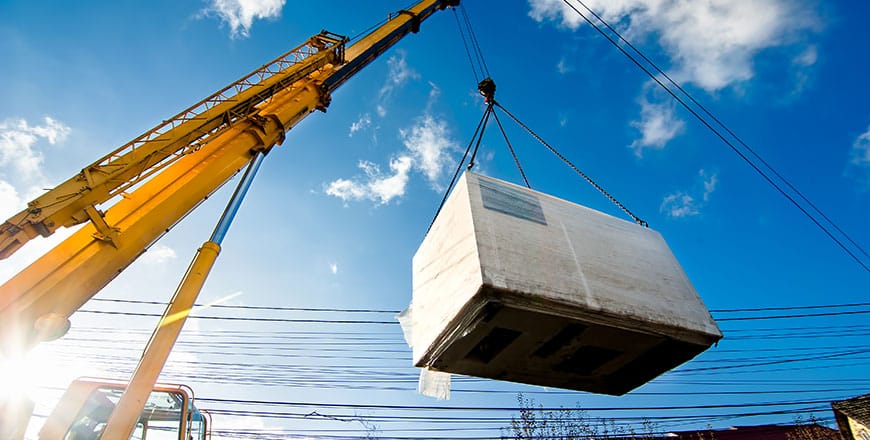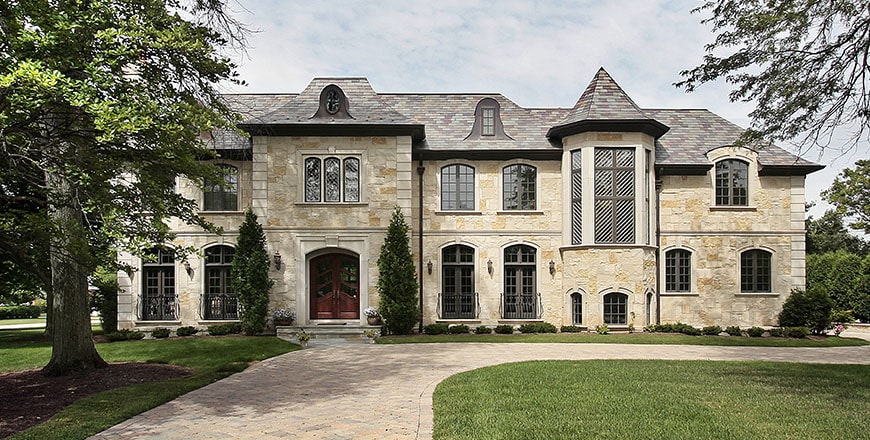You might have come across a jib crane but you wouldn’t know what it does or how it operates. The thing is that crane rentals have different jib cranes come based on the type of tasks that need to be performed. Therefore, we are going to discuss jib cranes in detail along with the varieties that are most commonly used around the world.
Jib Crane Components And Design
Jib cranes are quite different from workstations, bridge, and gantry cranes in terms of maintenance and the possibility of breaking down or failing. The reason is that jib cranes follow a very simple and basic design and construction. The most common components in a jib crane include a boom, pillar, moveable hoist, trolley, controls and hook height, etc. All these features work together to help jib cranes lift and shift heavy weights.
Different Types Of Jib Cranes
Freestanding Jib Cranes
Freestanding jib cranes tend to be the most common as they can be virtually installed anywhere including indoors and outdoors. Freestanding jib cranes are commonly used in open places and under bridge crane systems.
If the intention is to use a freestanding jib crane for outdoor uses, it can be used for loading docks, marinas, and indoors for assembly and machining procedures. Typically, a freestanding jib crane can handle weights upto 15 tons, rotate 360 degrees, and can upto 50’.
Furthermore, freestanding jib cranes come in three different designs based on the way these cranes are mounted and installed. These main designs are called, base-plate mounted, foundation mounted and sleeve-insert mounted.
Foundationless Jib Cranes
Foundationless jib cranes as the term suggests are cranes that do not come with a foundation and are instead slab-mounted or bolted to 6” reinforced concrete for indoor use. Even though these cranes can be installed anywhere, it mostly depends on whether the area meets the requirements of the crane.
Furthermore, foundationless jib cranes take comparatively less time as well since you do not have to wait for the poured concrete to cure. This means that you can relocate them anywhere without much complication.
Typically, foundationless jib cranes can lift weights upto 1,000 tons, and perform a 360-degree rotation with a boom height reaching 20’.
Mast Type Jib Cranes
Mast-type jib cranes when compared to freestanding jib cranes tend to be cost-effective as they do not require a special foundation. These cranes just require 6” of reinforced concrete to support the crane as it is already supported by an overhead support structure or bream.
Typically, mast-type jib cranes can lift upto 6 tons of weight, perform a 360-degree rotation and reach boom heights of 40’. Moreover, mast-type jib cranes work with two types of cantilever design that depends on the presence of overhead obstruction. A full cantilever is used where there is nothing overhead. The boom is at the top and there is space for both the upper side and the lower side.
Whereas, a drop cantilever features side-plate connections. Due to this, the boom is installed in a way to work on the upper side only.
Wall-Mounted Jib Cranes
Wall-mounted jib cranes can be used in several ways. You might come across wall-mounted jib cranes installed in individual bays, along structurally adequate walls, building support columns, or to provide assistance to an existing overhead bridge crane or monorail.
The biggest advantage of using wall-mounted jib cranes is that they do not require any foundation or support, which allows space-saving. These cranes can simply be installed on the underside of the lowest ceiling obstruction, providing maximum clearance both above and under the boom.
Wall-mounted cranes can lift weights upto 5 tons and perform a 180–200-degree rotation. Moreover, these cranes can be designed in two different ways to mount to a wall. The cantilever design offers maximum clearance both below and above the boom while the tie-rod supported design happens to be the most economical as it combines with a wall bracket to allow the hoist to travel along the full length of the beam.
Final Word
In the end, installing a jib crane can offer many benefits. However, considering the types, you will have to define your needs and preferences and match them with the features of each jib crane type before going to a crane for rent DC company. This will help you pick the right option for the task at hand.













